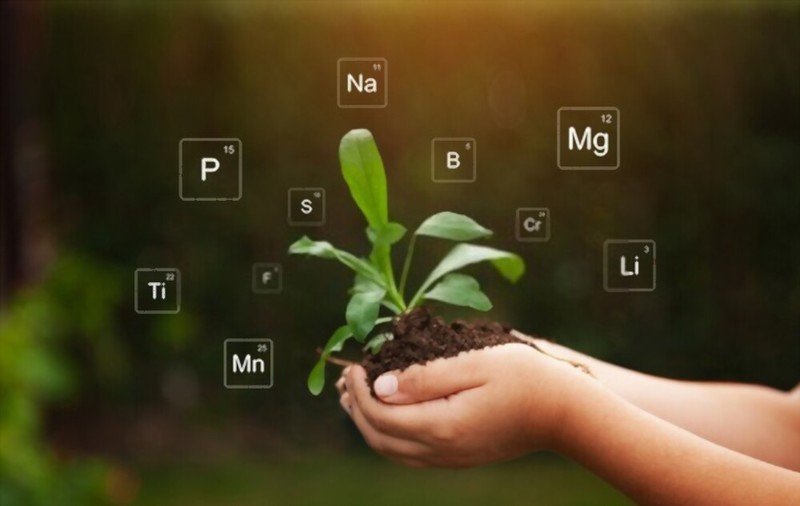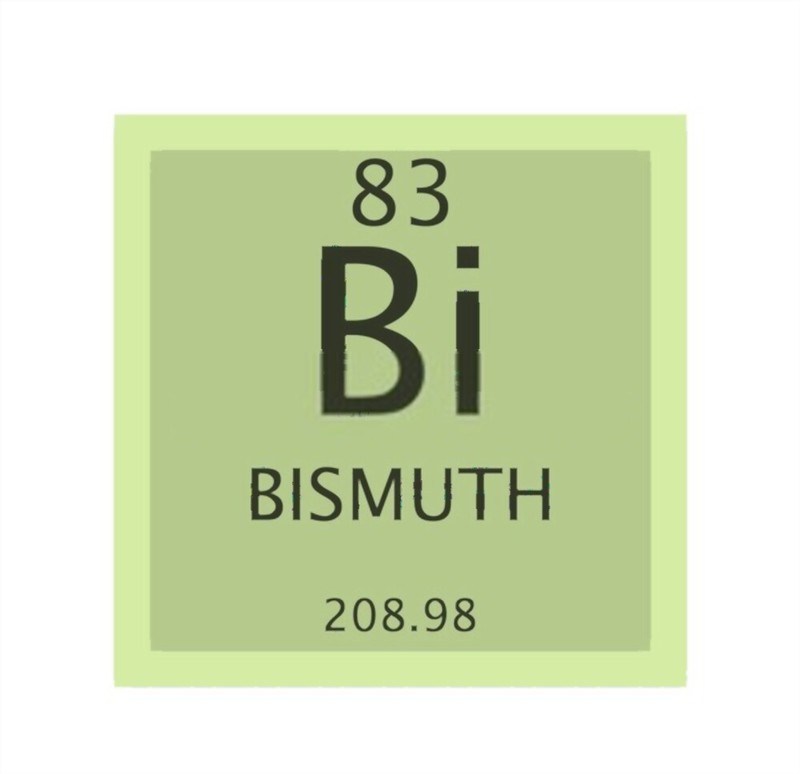What are your kids interested in? How do they react to learning about the Periodic Table? The Periodic Table is a chart of known chemical elements. It displays various elements’ different properties, including atomic weight and electron configuration. It also shows how elements with similar properties tend to group on the table.
We’ve all got that one kid in the family that loves science, right? If your kid is particularly interested in chemistry or physics, this is a great way to open up a whole new world of ideas. It’s hard to imagine why we would ever need all these atoms again in our lives, but for a child, it’s fascinating! And thanks to these 27 interesting activities, your little learner will have a blast learning about them all.

Contents
1. Element Songwriting
Put together a knowledge bank on the board that includes essential phrases and data about the elements in the periodic table. Instruct the pupils to form groups to collaborate on creating a song on the periodic table. It is required that they include at least four facts and ten keywords from the knowledge bank in their work. As long as your kids feel confident, you can have them perform their song with an instrument of their choice.
Learn more: https://www.youtube.com/watch?v=cAnOUwPfHlk&ab_channel=CareyEvans
2. Treasure Hunt
Organize a treasure hunt in your classroom using real-world artifacts constructed of elements. In groups, assign students to investigate the classroom for the hidden objects. Label classroom tables with symbols and instruct students to place their objects next to the correct symbol. Once all artifacts are located, conduct a review with your students to determine the materials used to construct their objects. Coins, batteries, and jewelry are all examples of items that can be used.
3. Guess The Nutrients
All elements have unique features that make them distinct. One way to learn about these features involves guessing the element name based on the appearance of common objects.
Prepare a pile of healthy food items or plants, such as potato chips or soil and any kind of plant on a table. Label the items according to their nutrient value, such as protein or sodium. Then instruct students to use the periodic table of elements to determine what element their item is made of by identifying the element in the greatest amount. For example, if they were assigned potato chips, they would look for gold in the periodic table and locate beryllium on the chart.

4. Interactive Activities For The Start
Distribute a section of the card to each student identified with an element from groups 1-7. Assign pupils to correctly classify themselves using a Periodic table to determine their placements. Once everyone is seated properly, invite each student to demonstrate one of their properties. Students may begin their sentences with ‘My element is superior to yours due to…’.

5. Printable Periodic Table
To aid your kids in the learning process, you may consider printing out a periodic table for them to use. Print a large periodic table to hang in the classroom. Various approaches can be used to accomplish this. You can make your graph, but we also made our main table as a poster to hang on the wall – simply glue a piece of string to hang it from.
6. The Periodic Table Can Be Used In A Fun Way.
The periodic table from the Royal Society of Chemistry includes information about the periodic table’s history, alchemy, podcasts, films, and data trends. You may read the extensive information about each element by clicking on it, and you can explore each part by using the tabs at the top.
Additionally, it features Murray Robertson’s Visual Elements images, which strive to provide a vibrant portrayal of the elements by generating images of their physical form and researching how they affect our daily lives in largely invisible and frequently unexpected ways.
7. Periodic Table Song
Kids these days are fascinated with YouTube, so why not throw in a fun and educational periodic table movie to shake things up a little? Both the music and the video are extremely catchy, as well as being quite innovative and unforgettable. This one is strictly for entertainment purposes. You and your pupils must be familiar with a song that lists all ingredients. If you aren’t, you should become familiar with it.
Learn more: https://www.youtube.com/watch?v=rz4Dd1I_fX0&ab_channel=AsapSCIENCE
8. Begin With A Foundational Chart
Begin this lesson by asking children to draw a periodic table picture. To help them with this task, have them look at a chart before they begin. The periodic table is a brilliant piece of engineering, but it does require a bit of explanation to understand. Your periodic table activities will benefit from using these anchor charts, which explain the arrangement and details in great depth.
9. Digital Alien Periodic Table Activity
Assessing your kids’ knowledge of the Periodic Table couldn’t be easier with this exercise! According to the information being given to students, aliens from another planet have established contact with Earth’s scientists. The aliens are looking for an extraterrestrial interest in comparing their planet’s elements to Earth’s.
All of this information is provided to the students and a “word bank” of the alien periodic table squares, so they may begin solving the puzzle. The alien elements must be arranged on the periodic table using the extraterrestrial data. Then, they must color-code the alien table with the names of the families they belong to. Get it free here.
10. Create A Project Based On The Periodic Table
As a result of this Creating a project based on the Periodic Table has become a huge hit! Each year, you are astounded by the inventiveness of students and the depth to which this project reveals them as individuals. Students select a theme that includes at least 20 ‘items’ that can be organized in two different periodic patterns. They can compile the elements into a Periodic Table. Many subjects have been explored, including everything from Friends characters to cereal varieties, sneakers to surfboards, and even Boy Scout treks to exotic locations.
11. View A Periodic Table Illustration
This interesting periodic table illustration chart is quite popular among teachers, and with good reason. It brings the periodic table to life, allowing chemistry students to better grasp each element’s significance in our environment. You can print off free copies of it or purchase posters and card sets to display it.
12. Color And Learn Elements
As a chemistry teacher, you may be interested in learning how to build your periodic table. You can learn more about the periodic table elements through this color poster, which allows you to differentiate between each one – not just by their atomic numbers and weights, but in other ways as well. In this element coloring game, students are tasked with coloring each element on the periodic table. Don’t worry! This will not take away from your lesson. On the contrary, it is an excellent way to learn about them.
13. Create A Deck Of Cards Based On The Elements
Creating a deck of cards based on the elements is a great way to learn more about the elements – particularly if you plan on using chemistry in the classroom. There are many ways to use these cards and different ways for kids to play with them. Besides using them for review, you and your students may take them on field trips and establish unique games that involve playing cards.
14. Setting The Periodic Table
Learn the names and locations of each item on the table with this point-and-click computer game that is also free. The following features are available on this interactive periodic table: It first allows students to navigate through the entire table and click on any element to learn everything there is to know about that particular element. The second part includes a game in which students must identify as many items as possible based on their abbreviations in two minutes total. Each student can choose their skill level, which is convenient for teachers.
15. The Periodic Table Of Candy
This simple 15-minute game for mid and high students encourages them to arrange candies according to their varied properties. As they proceed, they will confront some of the same difficulties that Dmitri Mendeleev, the Father of the Periodic Table, encountered when attempting to order the chemical elements more than 150 years ago.
16. Quick Six
Quick six is a game that helps you learn about chemical elements. A separate card represents each element on the Periodic Table. The card provides basic information about the element, including its properties and applications. Each player is assigned a hand of six cards, which they must use to complete the game. “An element whose name begins with the letter C” or “An element that is employed in dentistry” are examples of hints that a “caller calls out.” As a result, the players hustle to be the first ones to identify a card of this nature in their hand. A fast-paced game with a maximum of 8 players, anyone can enjoy it.
17. Periodic Table Battleship
Are you looking for a fun way to teach your children about the Periodic Table of Elements? You have arrived at the appropriate location. I’m delighted you’ve visited! This periodic table battleship game will be a hit with you. This reimagining of a traditional children’s game is suitable for both children and adults. Children do not need to know the names of the components by heart to play the game, but they will practice the names and placements of the elements on the table while playing. It is also an excellent technique for students to become acquainted with the more unfamiliar elements because they must use the entire table of elements. Download the handout here.
18. Periodic Table Escape Room
Currently, escape rooms are extremely popular, and they may be a lot of fun in the classroom as well. Alternatively, you may purchase this pre-made periodic table exciting adventure from Teachers Pay Teachers, which includes a variety of difficulties.
19. Periodic Table Bingo
Bingo is always entertaining, but this version also helps you learn the many acronyms for the major elements and their names. Learning the Periodic Table is fun and can be quite easy, too, if you know how to approach it. This game focuses on the chemical properties of each element and its symbols. It is a game that students of any age can play, even adults looking to refresh their memories about elements on the periodic table.
20. Create A Periodic Table Out Of Egg Cartons
Do you enjoy a nice repurposed DIY project? This is exactly the type of exercise you’ve been looking for! Egg cartons can be saved and used to construct a representation of the periodic table. You can create a periodic table by using an empty box of egg cartons. The egg cartons contained in the box are divided into rows and columns, perfect for representing the different elements. This is a great approach for your student to get them to start grasping how the Periodic Table of Elements is broken down and what each element is made of.
21. Atomidoodle Game
The Atomidoodle game is among the most popular educational internet activities since it allows students to solve maze puzzles while learning new skills. As the processes of fusion and fission are explored further, hundreds of amazing discoveries can be discovered along the road.
This fantastic online platform will rapidly become one of their favorite activities to participate in. This is a fantastic resource for older students who wish to learn more about the properties of atoms.
22. Building Atomic Models
Are you looking for a creative way to spice up your next chemistry lesson? This is a fantastic hands-on project for creating atomic models of different elements. Make your atomic models with only a few basic materials and tools. You may even use them as mobile phones if you want! This is a fantastic method to introduce chemical concepts in a hands-on manner!
23. Ceiling With A Periodic Table
Convert ceiling tiles into a massive periodic table to make the most of every square foot of your classroom area! This large-scale project is made possible by the use of adhesive vinyl. When it comes to connecting with younger students, a periodic table on the ceiling gets the attention of your class. This is an excellent way to spark curiosity and encourage active learning in your class.
24. Read The Mystery Of The Periodic Table
This book features complex relationships among the elements of the table. This mystery novel is appealing to all ages and gives the reader a unique opportunity to learn about chemistry and the personal lives of various scientists. Students in middle school will appreciate reading this story about the building of the periodic table and discovering the numerous scientists that were involved along the way. You can purchase The Mystery of the Periodic Table.
25. Characters From The Periodic Table
Each element exhibits a different set of characteristics that may almost be referred to as a distinct personality in and of themselves. That’s the theory behind these ridiculously amusing playing cards, which represent the elements as living, breathing persons in their own right rather than as symbols of nature. It’s possible to employ a collection of elements for various tasks that involve the periodic table.
26. Periodic Table Pixel Art – A Digital Activity
Gamification, project-based learning, and genius hour are all examples of strategies that can be used to inspire students to become lifelong learners in the era of technology. In Periodic Table Pixel Art students unlock periodic table squares by answering trivia questions about the elements in this free interactive software. The periodic table’s squares can be interpreted in a zillion different ways. In this game, pupils must answer cryptic questions to create a unique image. As they become more comfortable with the element hints, they can also make their chemical art.
27. Make A Table For “Periodic Persons.”
Students may be unfamiliar with Dmitri Mendeleev’s organization of the periodic chart by atomic mass. Arrange the table using atomic cartoon figures to show the relative weights of the various elements. Use the blank template on the student activity page to create your persons and expand the table. Students may see how Mendeleev classified the elements to construct his famous periodic table with this innovative activity.